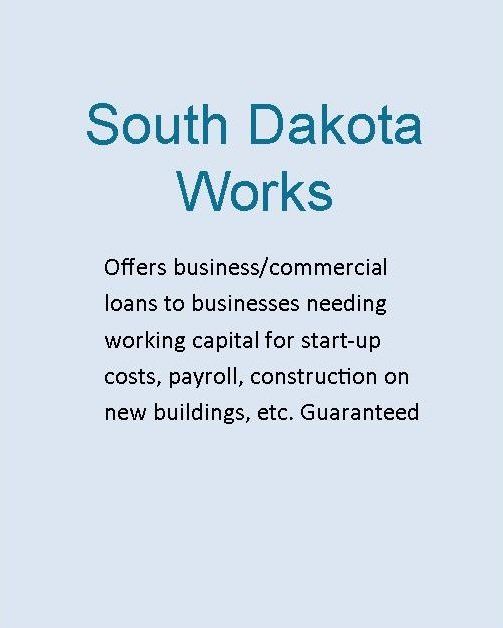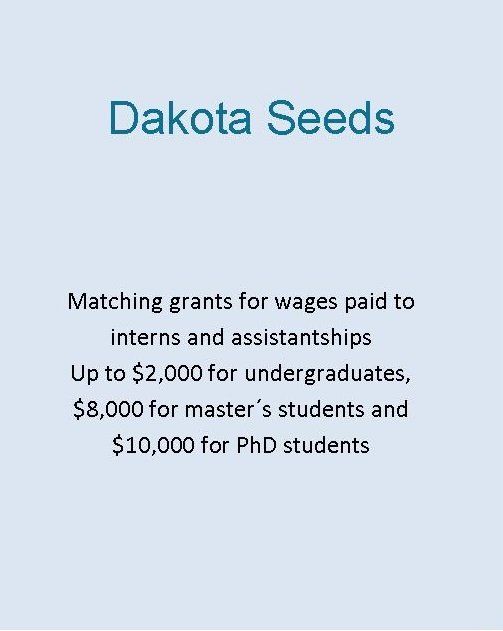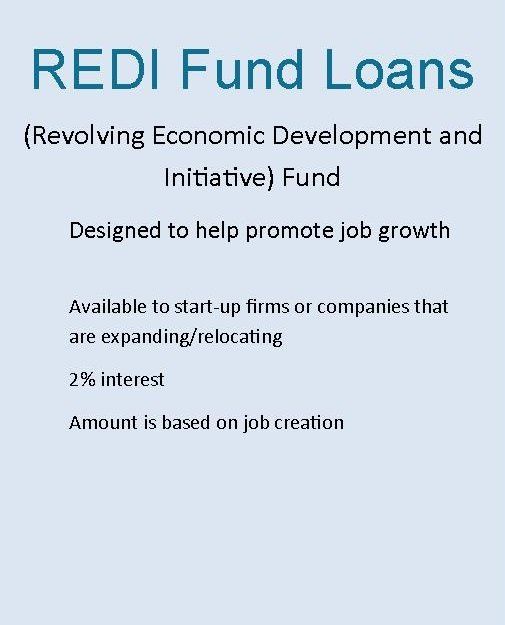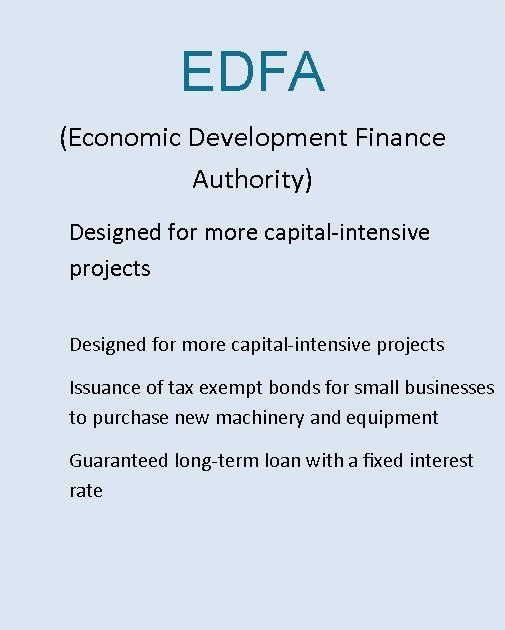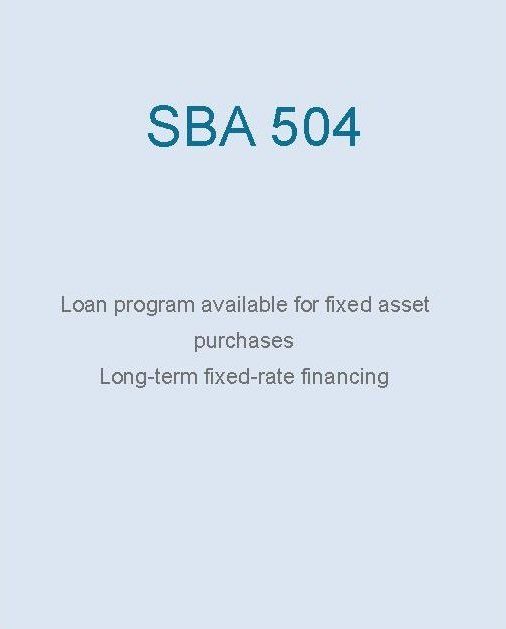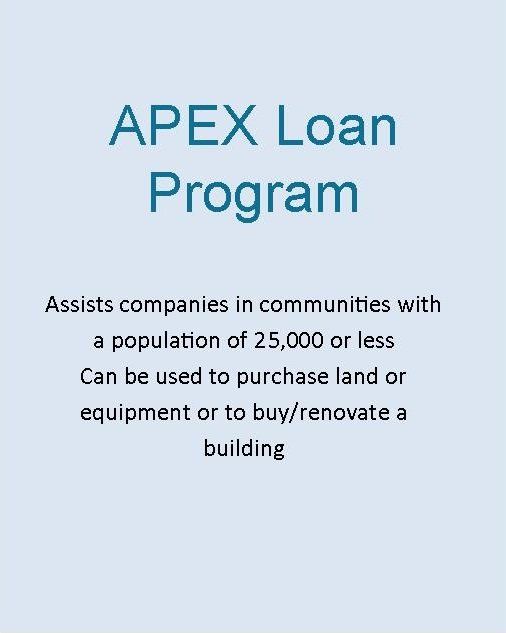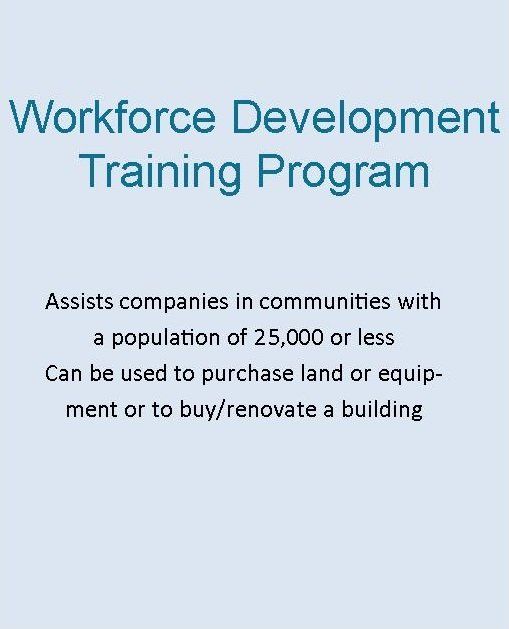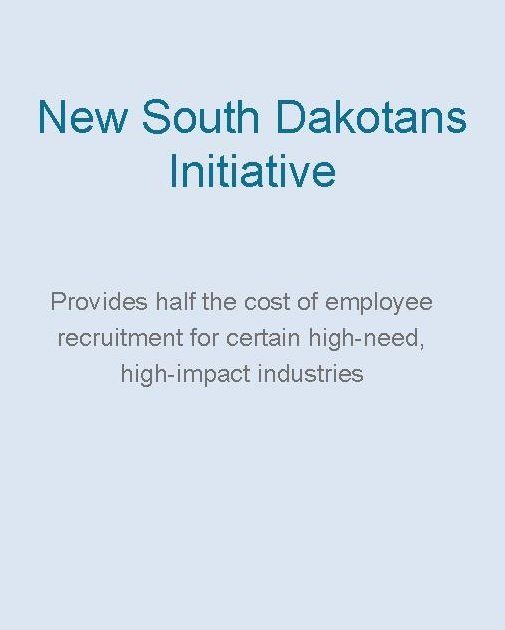Workforce, Taxes & Incentives
Workforce, Taxes & Incentives for the State of South Dakota.
There are approximately 6,800 people living within the city limits of Hot Springs and residing outside the City of Hot Springs in Fall River County (US Census Bureau).
South Dakota is #1 in the nation when it comes to tax climate
Taxes in South Dakota
The South Dakota business climate is Number One in the nation for entrepreneurs according to the Small Business and Entrepreneurship Council. Our overall tax burden is ranked 2nd in the country according to the Tax Foundation. This section reviews the few business taxes and costs your company will have to pay in South Dakota.
The South Dakota entrepreneur has a competitive edge over all his/her business counterparts in the United States. The South Dakota business person enjoys: No corporate income tax
- No personal income tax
- No personal property tax
- No business inventory tax
- No inheritance tax
You can´t get much friendlier than that! According to the Tax Foundation, every type of firm in South Dakota has a lighter tax burden than the national average: 33% lower for the average firm. Businesses also benefit from low property and unemployment insurance taxes. (more)
Fall River County Top 15 Employers:
City of Hot Springs
Edgemont School District
Fall River County
Fall River Health Services
Hot Springs Dairy Queen
Hot Springs School District
Lynn's Dakotamart
Mammoth Site of Hots Springs, Inc.
National Park Service
Oelrichs School District
Pine Hills Retirement Community
Seven Sisters Living Center
Sonny's Super Foods
State Veterans Home
VA Black Hills Health Care System
(businesses listed alphabetically)
As of December 2016, the unemployment rate was at 3.9 percent. The average 2014 annual pay in the private sector was $32,575. Government workers, including federal, state and local had an average annual pay of $42,049. The average annual pay for all covered workers in Fall River County was $32,077 (SD Labor Department).
Wage study shows South Dakotas has great purchasing power!
Submitted Apr 11, 2017
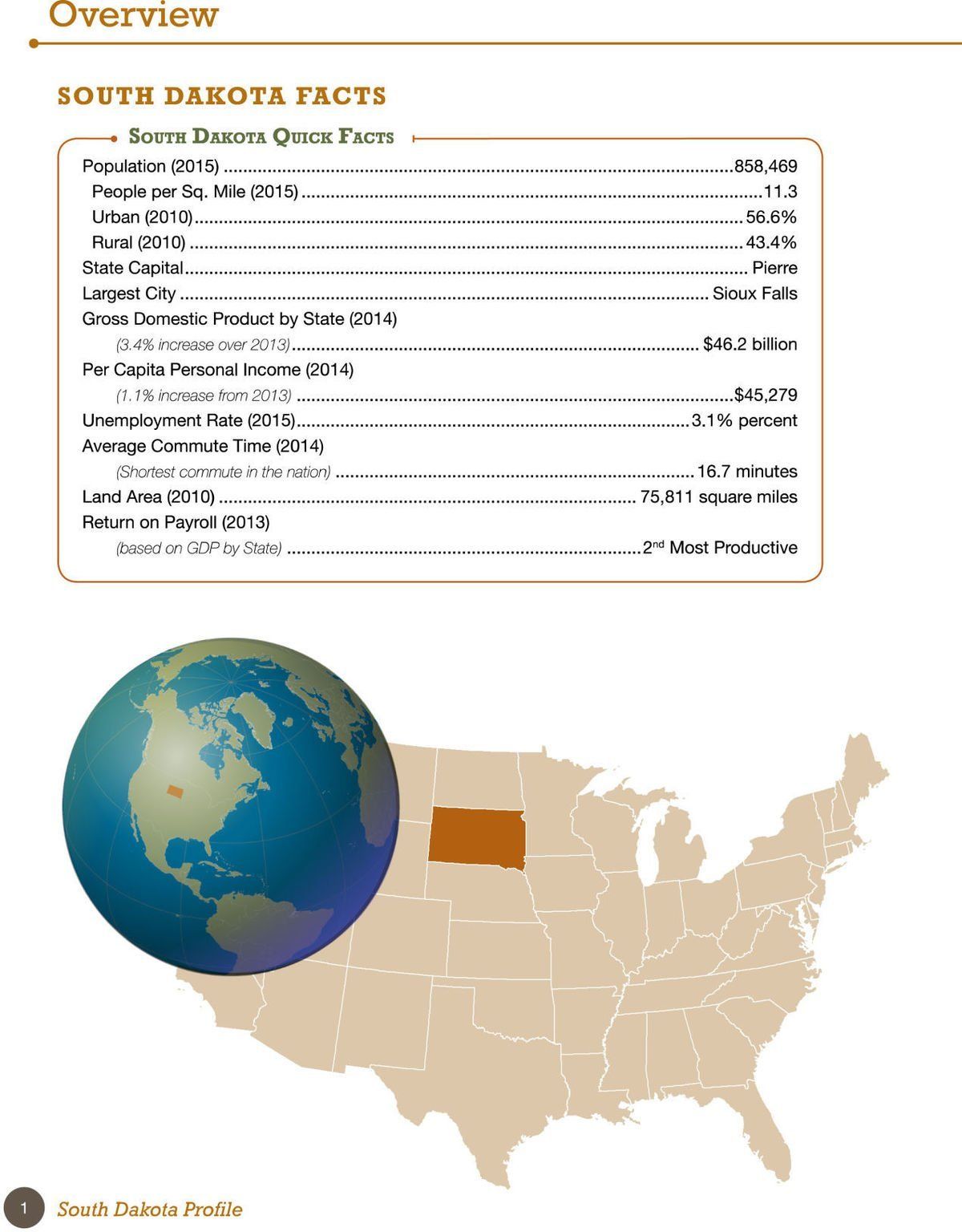
Cost of Living
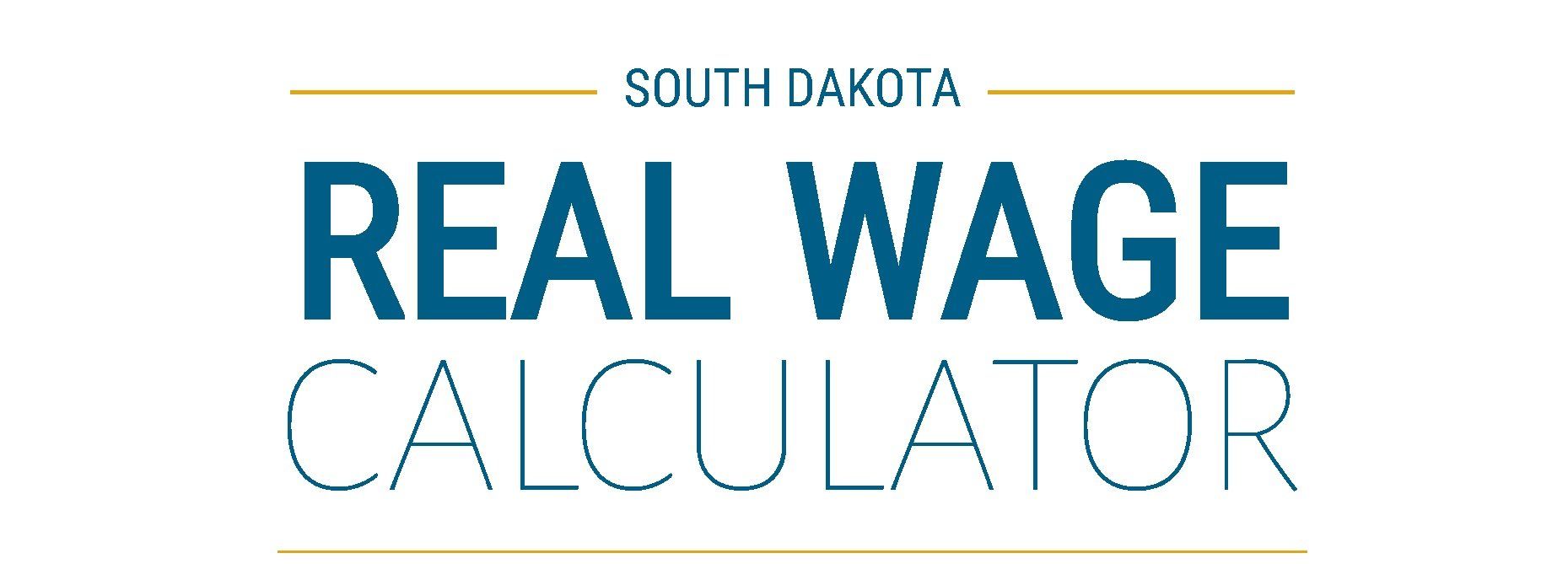
After taxes, how much of your income do you take home?
How much can you buy with your hard earned wages? The bottom line is location matters.
And we can prove it.
AFTER TAX WAGES
After tax wages is the gross annual wage less the total of federal income tax, state income tax, and social security/FICA tax.
PURCHASING POWER
Purchasing power is after tax wages divided by the local cost of living index.
I'ts time to calculate! Click on button below then
ENTER YOUR ESTIMATED ANNUAL GROSS WAGES, CHOOSE A LOCATION, AND CLICK 'CALCULATE.
646 Jennings, #11
Hot Springs, South Dakota 57747
info@shedco.org
Phone 605.890.0338
- Mon - Fri
- -
- Sat - Sun
- Closed
Contact Us
JOIN OUR NEWSLETTER
Thank you for contacting us.
We will get back to you as soon as possible
We will get back to you as soon as possible
Oops, there was an error sending your message.
Please try again later
Please try again later

